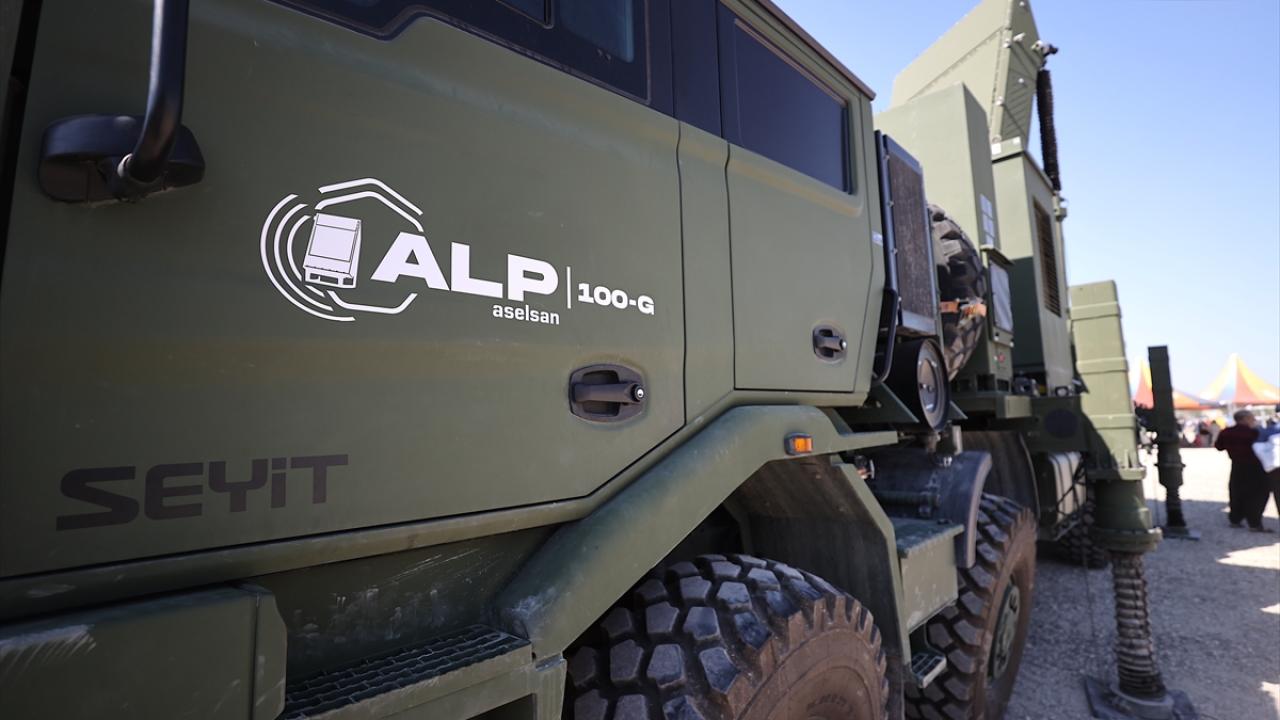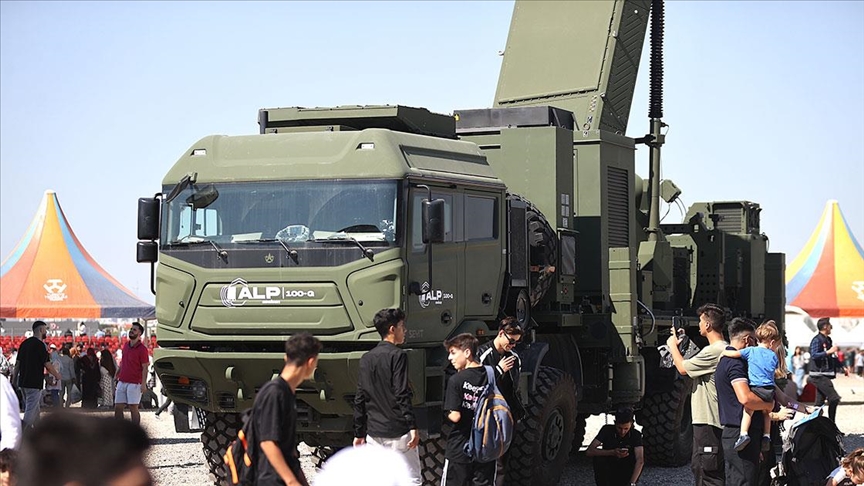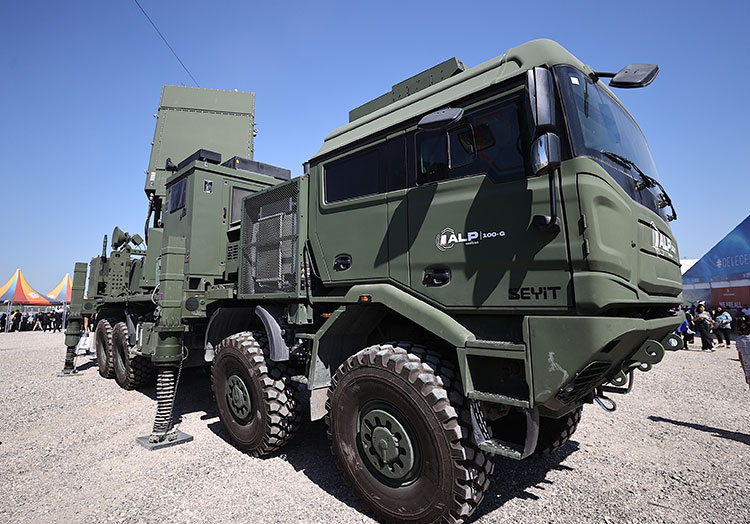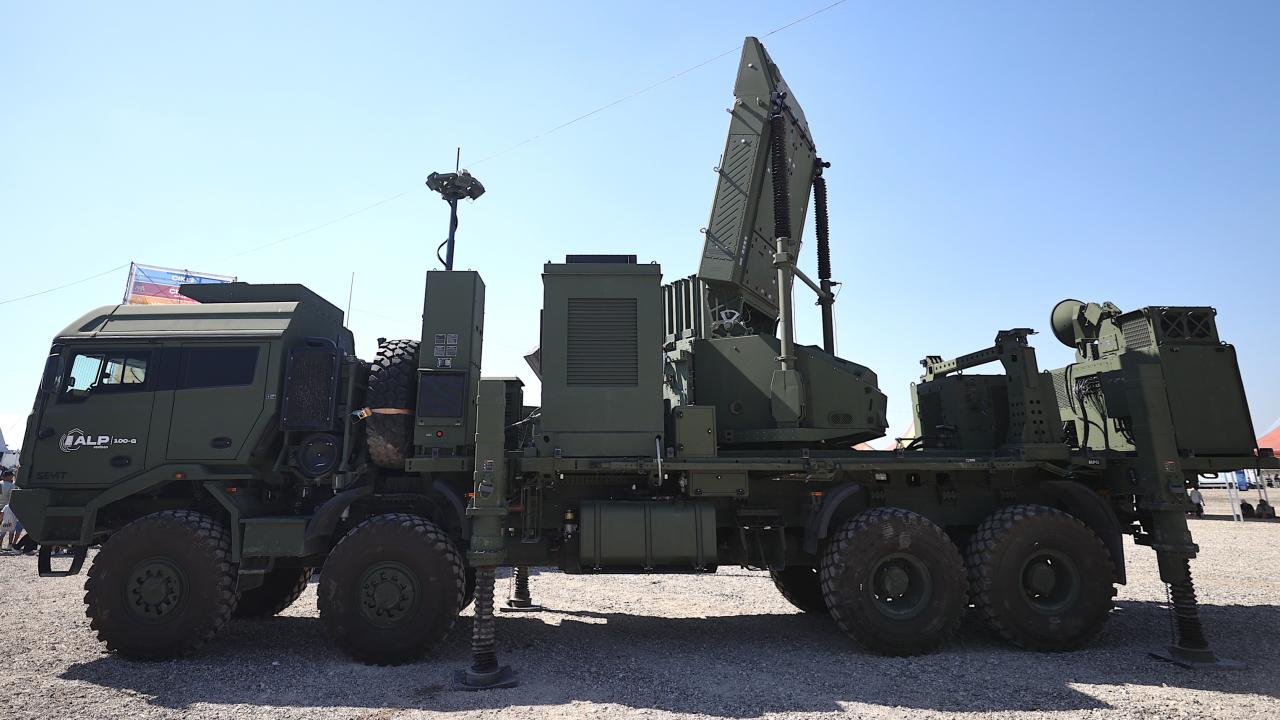
A leading Turkish defense company, Aselsan's domestically developed ALP 100-G multifunction AESA Air Surveillance Radar System, has officially entered the inventory of the Turkish Armed Forces after successfully completing comprehensive testing and evaluation, according to Aselsan Bulletin, April 2025.
The acceptance phase coincided with the 110th anniversary of the Battle of Canakkale and marks a major milestone in Türkiye's national air defense strategy.

Following over six months of intensive infrastructure work, system integration, and testing, the ALP 100-G system has been verified for its field performance, operational reliability, target detection, and tracking capabilities.
The radar features advanced detection algorithms and high-precision tracking, establishing it as a force multiplier in modern combat environments.

Equipped with Active Electronically Scanned Array (AESA) technology, the ALP 100-G is capable of detecting and classifying airborne threats in three dimensions.
This enables it to serve as a game-changing component in Türkiye's layered air defense network.
The radar system is designed for mobility, allowing for effective deployment in varying geographical and climatic conditions, both day and night.

The ALP 100-G is mounted on an 8x8 tactical wheeled vehicle along with power and communication subsystems, providing high mobility.
The system can be transported via A400M aircraft and can be deployed or stowed for transport by just two personnel within 15 minutes.
Its multi-target tracking capabilities and remote operation via command-and-control networks make it highly adaptable for dynamic battlefield environments.

Originally contracted in 2019, the ALP 100-G is part of Aselsan's scalable S-Band radar family. It functions both as a primary surveillance radar for ground-based air defense systems and as a complementary "gap-filler" for long-range radar coverage.
The radar supports the detection and tracking of aircraft, helicopters, drones, cruise missiles, and ballistic projectiles such as rockets and mortars.
A special weapons detection mode enables the system to identify enemy firing positions and points of impact, enhancing counter-fire capabilities.

The radar can also identify targets through Mode 5/S IFF (Identification Friend or Foe) interrogation and detect electronic jamming threats.
The entry of the ALP 100-G into operational service underscores Türkiye's growing self-reliance on defense technologies.
The system is expected to move into wider operational use and enter serial production in the near future.